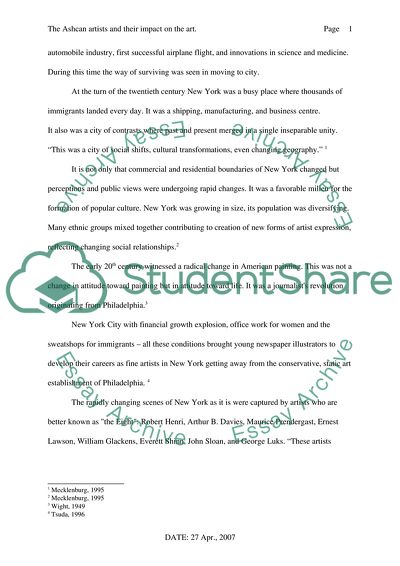Cite this document
(“The Eight and the Ashcan School Essay Example | Topics and Well Written Essays - 4250 words”, n.d.)
The Eight and the Ashcan School Essay Example | Topics and Well Written Essays - 4250 words. Retrieved from https://studentshare.org/visual-arts-film-studies/1540318-the-eight-and-the-ashcan-school
The Eight and the Ashcan School Essay Example | Topics and Well Written Essays - 4250 words. Retrieved from https://studentshare.org/visual-arts-film-studies/1540318-the-eight-and-the-ashcan-school
(The Eight and the Ashcan School Essay Example | Topics and Well Written Essays - 4250 Words)
The Eight and the Ashcan School Essay Example | Topics and Well Written Essays - 4250 Words. https://studentshare.org/visual-arts-film-studies/1540318-the-eight-and-the-ashcan-school.
The Eight and the Ashcan School Essay Example | Topics and Well Written Essays - 4250 Words. https://studentshare.org/visual-arts-film-studies/1540318-the-eight-and-the-ashcan-school.
“The Eight and the Ashcan School Essay Example | Topics and Well Written Essays - 4250 Words”, n.d. https://studentshare.org/visual-arts-film-studies/1540318-the-eight-and-the-ashcan-school.


